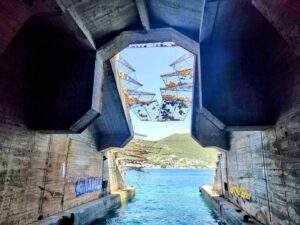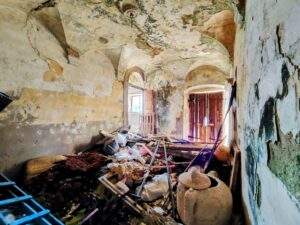Church of the Assumption of Our Lady Air Raid Shelter- Malta
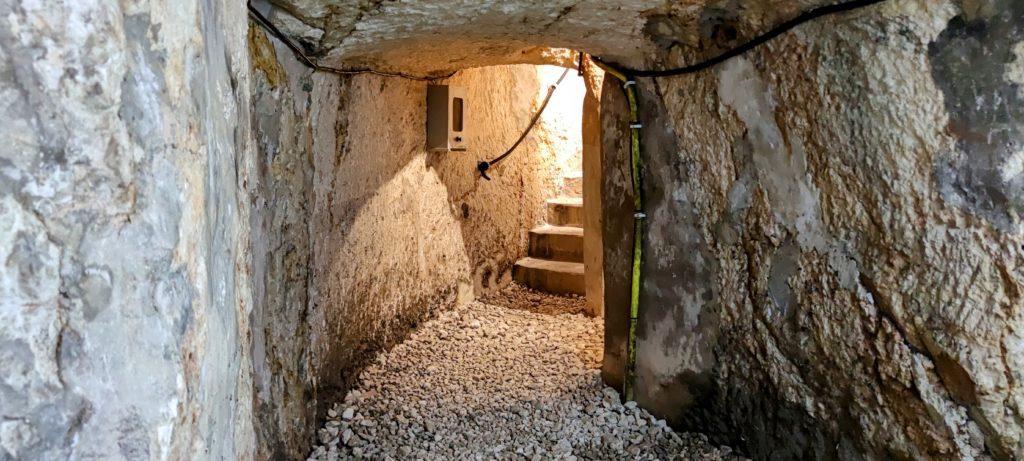
Malta was a strategic outpost for the Allied forces during WWII. By the end of the war, Malta held the unfortunate title of most bombed country. At the beginning of the War Malta had very few shelters and the Maltese were encouraged into basements, under stairs or dining tables. During the conflict, a network of air raid shelters were hewn out of the soft rock. By June 1941 there were 473 public excavated shelters and 382 still in construction.
Many of these rock-hewn air raid shelters remain today, and some are open to the public. They are a testament to the Maltese determination and fighting spirit. Not only are they an unusual tourist attraction but they educate tourists and locals alike about living through WWII in Malta.
Another of these shelters lies under a restaurant nearby, read about this explore here.
Mosta is a city in central Malta and its church is the heart of the city. The citizens believe that a miracle occurred on 9th April 1942. Two German bombs fell on the Church during mass, which was being attended by over 250 people. The bombs pierced the roof, but when they hit the floor they miraculously did not detonate.

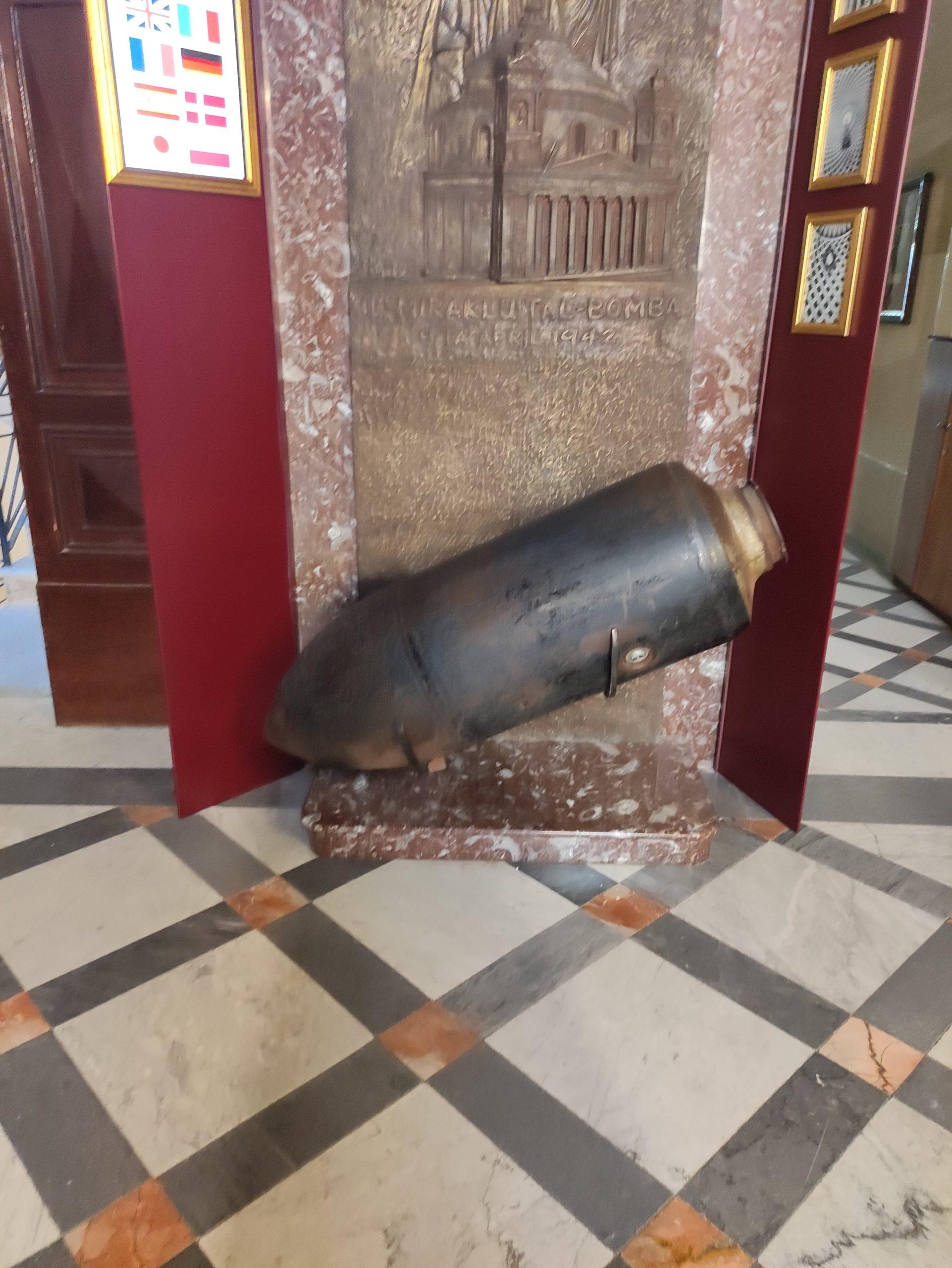
The “miracle bomb” was safely detonated by the British military. However, a replica of the bomb is proudly on display in the church. There is a small exhibition about the bombing and Malta during WWII to see inside the church. Entry to the church is €2 but for a mere €1 extra you can visit the underground air raid shelters. These are located outside the front of the church and you can walk along at your own pace. The shelter is two main passageways dug into the limestone with a number of side rooms. As you walk through the shelter you are transported back to the 1940s. There are photographs and information plaques lining the walls. Mannequins have also been dressed up and personal artefacts help visitors to understand what it was like to be down here over 75 years ago.
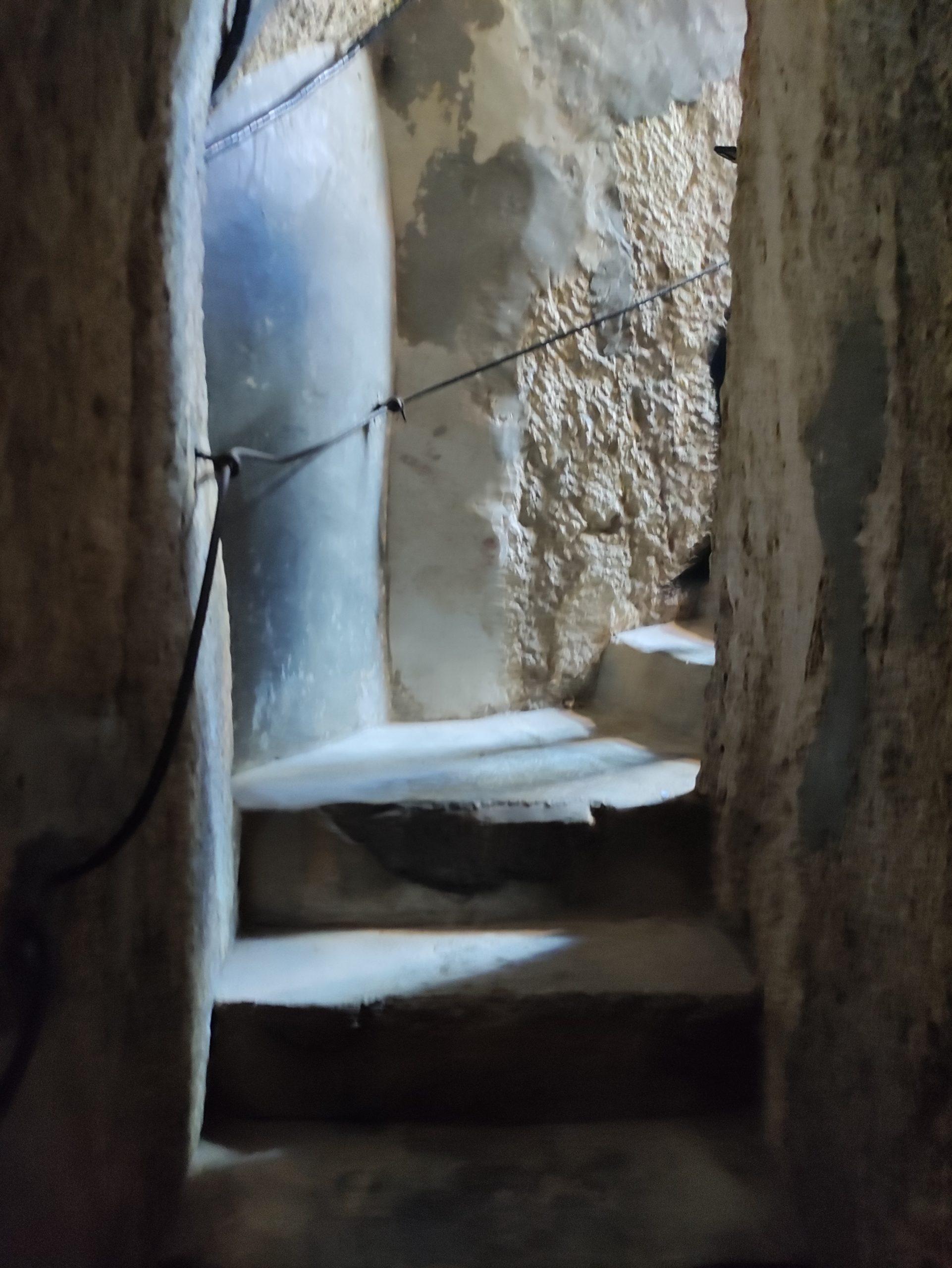
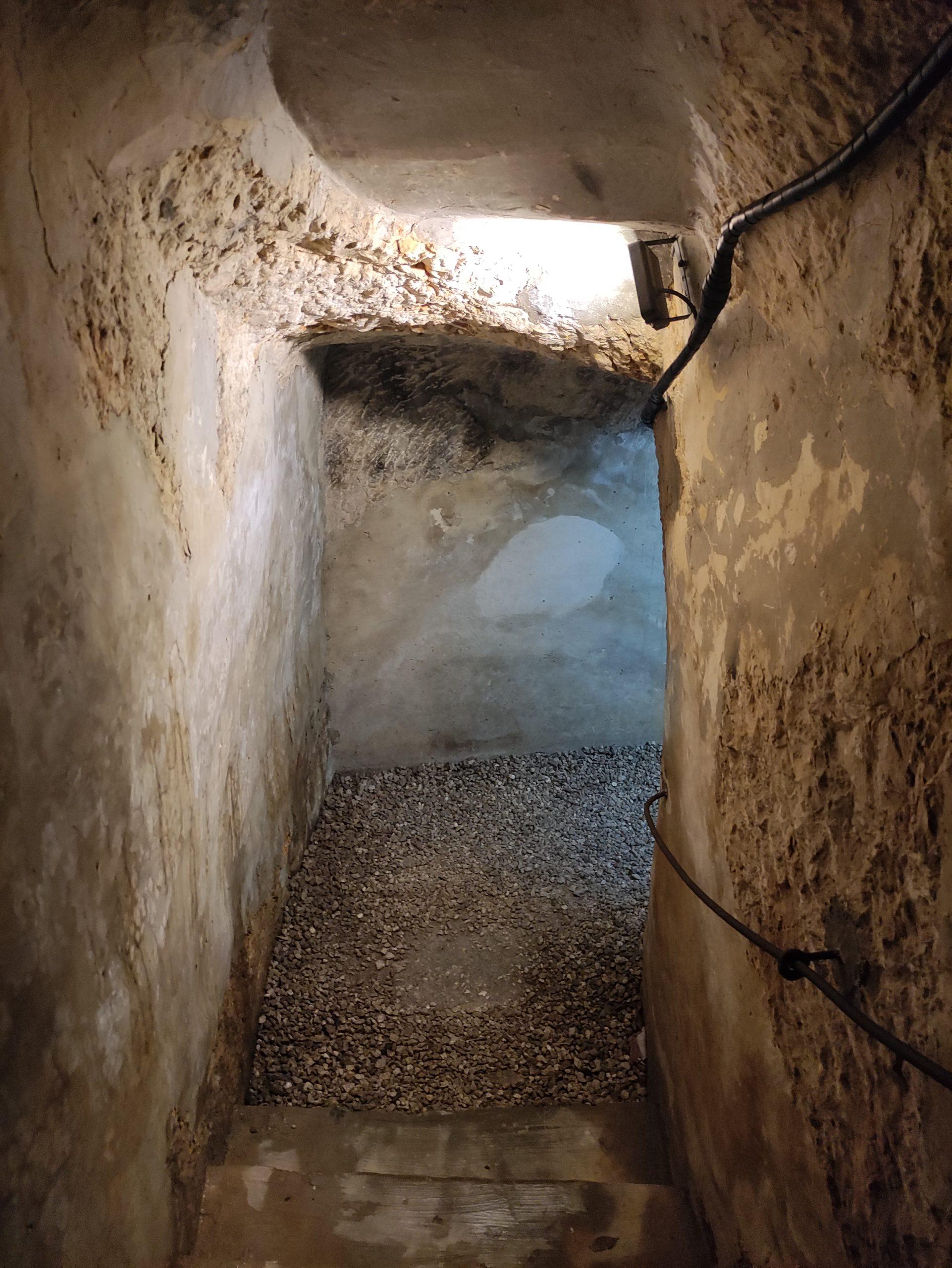


Last Updated on 22 October 2024 by Michael


